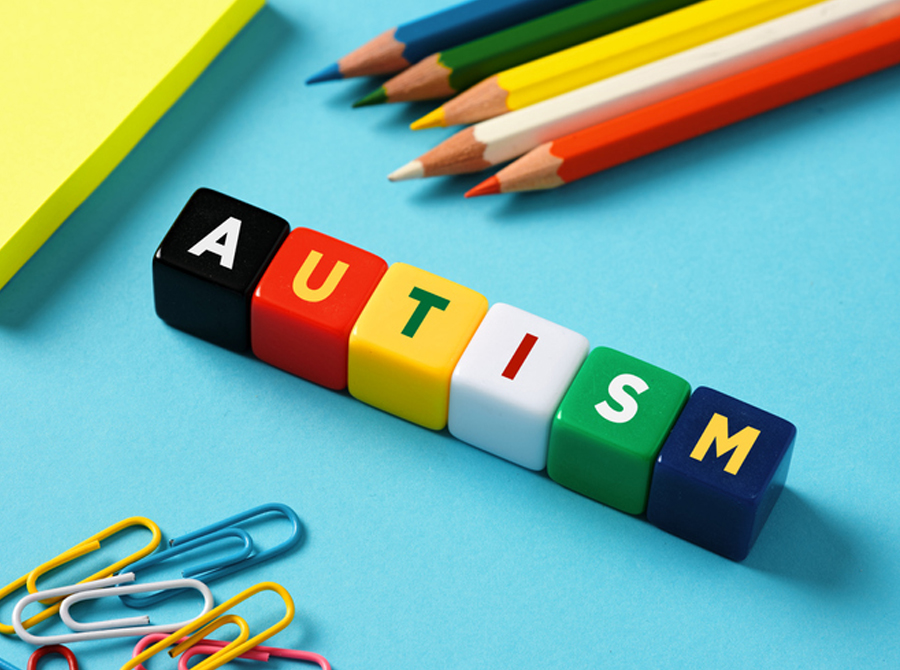Officers are likely to encounter individuals with Autism Spectrum Disorder (ASD) while executing their duties. Officers can increase their effectiveness and avoid liability by being aware of the nature of autism, learning its indicators, and applying best practices when interacting with witnesses, victims, and suspects who may be “on the spectrum.”
What is Autism?
Autism is a neurological condition that usually appears before age two. Although autistic individuals vary widely in their challenges and strengths, common characteristics of ASD include:
- Having persistent difficulties with social interactions and social communications, and
- Having restricted or repetitive patterns of behavior.
Indicators of ASD
A few of the many indicators of autism include stimming (repetitive movements or sounds such as flapping hands, shaking an object, rocking), echolalia (verbal repetition such as repeating back what someone else just said), avoidance of eye contact, strong aversion to being touched, and strong reactions to sensory stimuli (including sounds, odors, and textures).
Best Practices for ASD
When an officer observes indications that a person may have ASD, the officer can consider the following options:
- Contact the caregiver. Officers may expect that minors and incapacitated adults will have caregivers nearby. However, many teenagers and adults with high-functioning autism have other adults in their lives who give them the support that enables them to live independently. These caregivers can be especially useful because they know the person’s sensory sensitivities, they know the best way to calm the person, and they can assist in communicating with a person who has limited verbal ability.
- Avoid touching. A touch that is intended to comfort the person or to communicate control can have the opposite effect, causing the person to attempt to flee or to lash out to end the contact. Instead, the officer can consider geographic containment (using officers and the environment to create a perimeter around the person) or issuing direct verbal commands.
- Look for communication assistance devices (such as picture books, keyboards, smartphone applications) and identification (which may be fastened to the person’s clothing).
- Use simple and concrete language during the encounter, realizing that statements may be taken literally. For example, instead of asking, “Does that name ring a bell?” the officer can ask, “Do you recognize that name?”
- Provide a brief roadmap for the encounter. This helps reduce the person’s anxiety at the disruption of his or her daily routine. The “roadmap” can be as simple as, “I will check your driver’s license and then I will write you a ticket.”
- Watch for signs of building frustration, such as increased stimming and echolalia, attempting to physically move away, and raising his or her voice. If officers see these signs, they can consider removing the source of the frustration, for example, by turning off flashing lights and sirens or separating the person from a K-9 unit.
- Adjust interview techniques to accommodate the person’s autism and have a more effective interview, for example, by reducing sensory stimulation, remembering that certain involuntary behaviors associated with autism (avoidance of eye contact, stimming, echolalia) are not signs of defiance or guilt, and not pressing the person to “remember” facts the person may not have observed.
Interested in learning more?
PLS offers police online self-study legal training link: https://policelegalsciences.com/legal-update-2024/ on a wide variety of practical issues to help police officers make good decisions in challenging situations.

